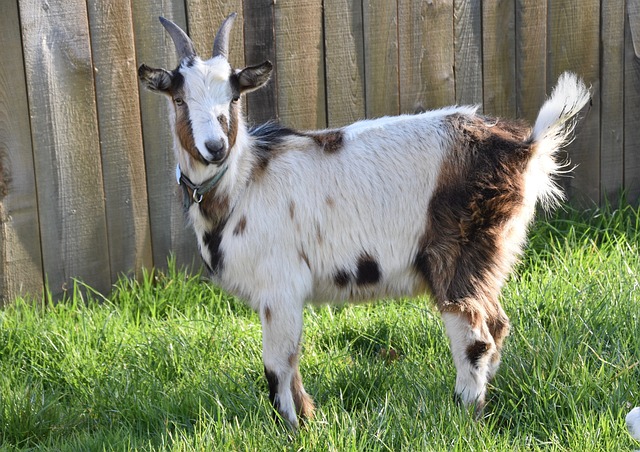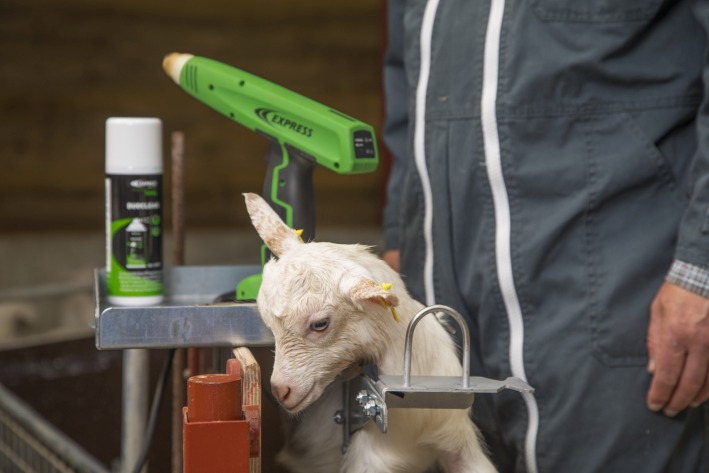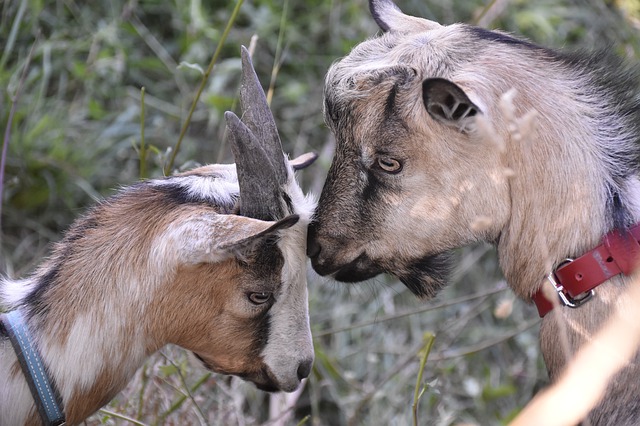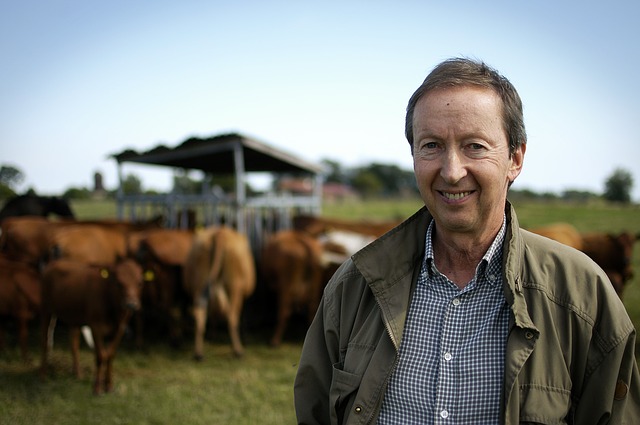
Despite the competition and difficulties encountered in this sector, it is still possible to set up your own goat farm. Preparation is the key to success, because there’s no question of improvising. Here are the steps you need to follow to get started in goat farming.
Taking over a goat farm
With 5,000 goat farms, France is not yet saturated with goat farmers, as many of them retire without their children wanting to take over. It is therefore possible to buy a goat farm, rather than starting from scratch.
If you still want to set up a goat farm, you need to analyse the market in which you will be operating. This will help you to choose the most profitable breed and size your future goat farm.
Breeder training
Goat-breeding is a genuine profession and should not be seen as a whim of a city-dweller in search of nature. Training is essential. First and foremost, it involves working with animals, with the knowledge that this requires at every level: daily care, veterinary care, feeding, distribution of animals during the winter, dangers in the wild, etc.
The other part of the course deals with the life of the breeder, running the business, tax obligations and complying with a wide range of standards. Among other things, you need to register as a breeder with the Établissement Département de l’Élevage to obtain a livestock number. Each of your goats will have to wear an identification tag with its registration number and the identification number of its farm, which will incur costs. They must also have an “officially brucellosis-free” health certificate issued by the DDCSPP in the animal’s département of origin. You will also learn about your obligations in terms of various declarations to the authorities.
It is highly recommended that you supplement your theoretical training with a visit to a farm alongside an experienced farmer, to get a feel for the difficulties in the field.
Choosing the right breed of goat also requires serious training.
Budget preparation
Like any business, a goat farm requires a dossier containing various documents, including a business plan. You need to know how much it will cost to get started, as well as your cash flow requirements for the first few months. If you want to make a living from your farm, you need to study the market, the competition, the selling price of your milk, the profitability, which takes all your costs into account, and so on. Don’t forget that you also have to pay yourself, which means making a sufficient margin.
You need to determine the nature of your business. The investment is not the same if you restrict yourself to livestock farming as if you also start processing milk. You also need to consider the amount of time you’ll have to work, because you can’t take on everything on your own. It’s possible to set up with your partner, but you need to make sure you can both earn a living. If you have to take on staff, your costs will soar, forcing you to find a substantial income to cover them.
The quality of your production also determines the configuration of your goat farm. The conditions are not the same if you’re aiming for quantity or if you’re banking on a smaller production, but with labels of excellence.
You also need to factor in the cost of the land to buy or rent, farm equipment, milking and operating equipment, goat facilities (shelter, feed troughs, water troughs, feed storage, etc.), veterinary care products, and so on.
Don’t start until you’re ready, because working with animals involves a great deal of responsibility.





